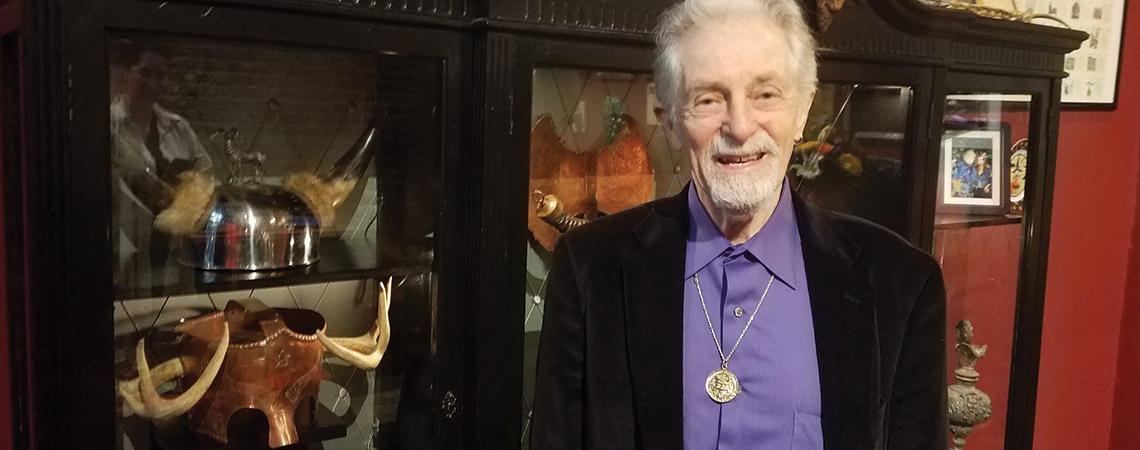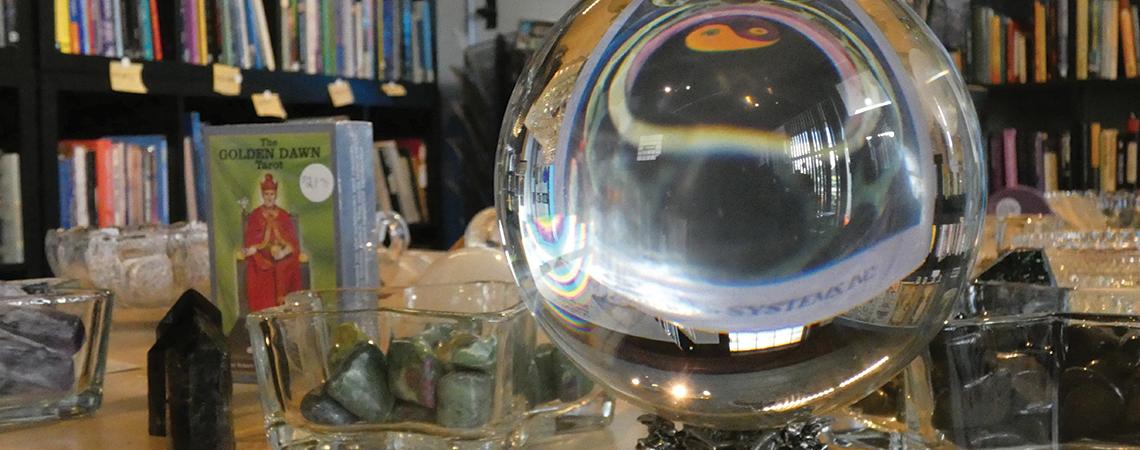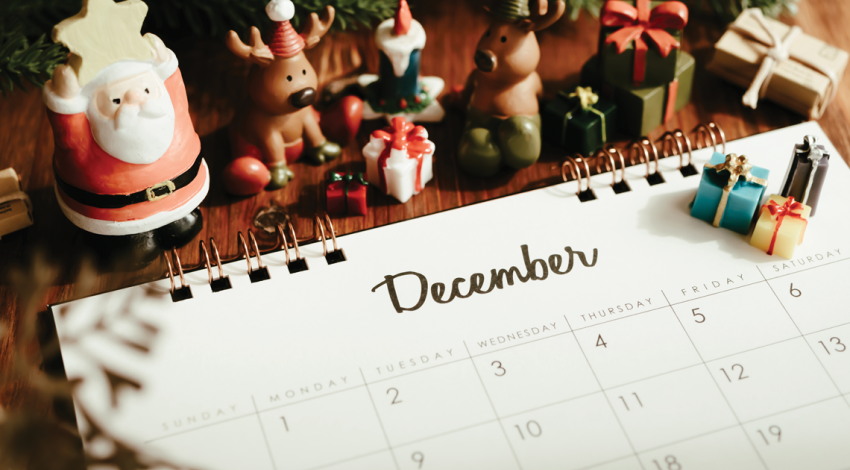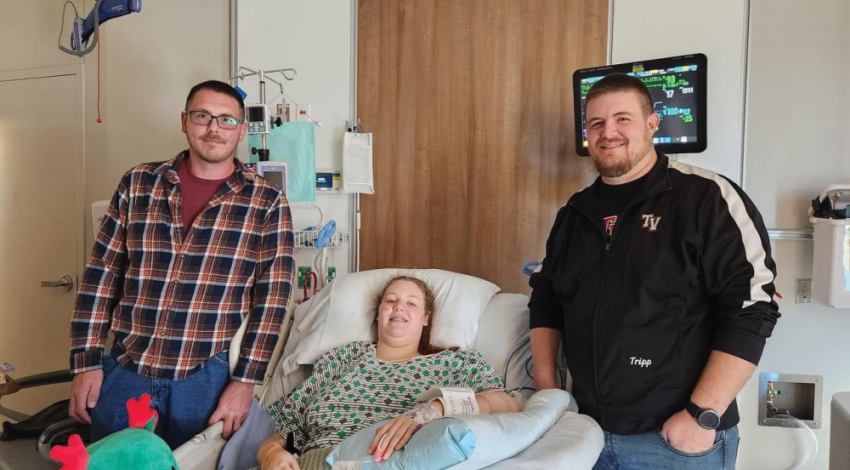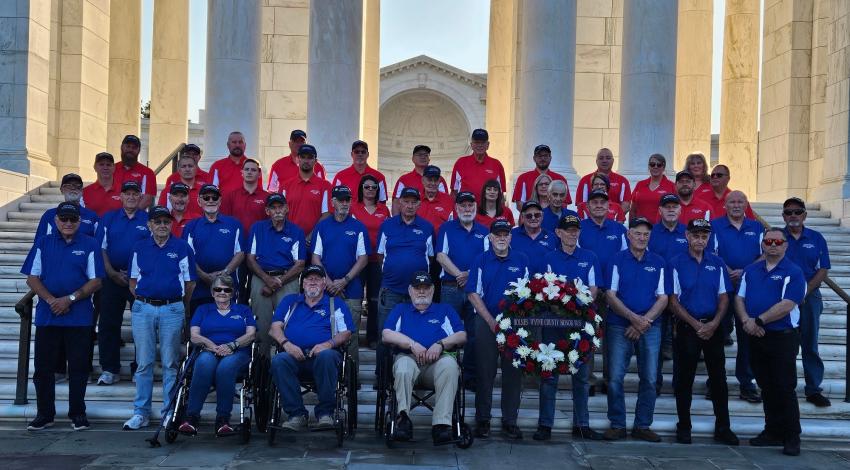Witchcraft imagery has long been a part of popular culture — cackling hags in black hats riding broomsticks are everywhere this time of year.
Those Halloween witches, however, bear little resemblance to their real-life counterparts (yes, they have real-life counterparts).
Wicca, the modern version of witchcraft, was established as a neo-pagan religious movement in the middle of the 20th century. According to data from the Pew Research Center, more than 1 million Americans identify as Wicca or Pagan, and there’s a major collection of modern witchcraft artifacts on display at the Buckland Museum of Witchcraft & Magick in Cleveland’s Old Brooklyn neighborhood.
“We are the first museum in the U.S. to celebrate witchcraft culture as much as history,” says Steven Intermill, director of the museum. “It’s a celebration of magical culture.”
Raymond Buckland, founder of the Buckland Museum, passed away in 2017.
The museum opened on West 14th Street in Cleveland’s Tremont district in 2017 and relocated to the current location in 2019. The 1,800-square-foot facility is jam-packed with artifacts from floor to ceiling with some 300 pieces on display at any given time. Every inch of wall space is covered, and the museum draws tourists from around the state and across the country.
Students of the occult and curious tourists alike find plenty to gawk at. There are photos of prominent occultists, crystal balls, broomsticks, books, and obscure artifacts from around the world, all collected by celebrated occultist and author Raymond Buckland.
But how did a well-known British witch and his collection of arcane artifacts wind up in Ohio?
London-born Buckland was a Royal Air Force veteran and a publisher before emigrating to the U.S. in 1962. He developed an interest in witchcraft in the mid-1960s and began corresponding with Gerald Gardner, the well-known British witch, author, and museum operator who is considered the father of modern Wicca.
Buckland, who worked for British Airways, had compiled his own collection of artifacts during his world travels and founded one of the first covens in the U.S. in 1966 after being initiated into the religion by one of Gardner’s associates. Buckland originally launched his museum in New York in the 1960s, at the height of a resurgence in interest in the occult.
“He started putting pieces on display in his basement on Long Island, but eventually the collection outgrew his house,” Intermill says.
Buckland moved to New Hampshire in 1976, and the collection eventually went into storage as he turned his attention to lecturing and writing. He moved around a bit, first to California, then to Ohio, and eventually gifted the collection to the Temple of Sacrifice in Columbus. “He was living near San Diego, and bought a farm here for what he paid for an apartment out there,” Intermill says.
At the time, Intermill and his wife, Jillian Slane, were looking for an opportunity to open a museum of their own in Cleveland. They reached out to Buckland, unaware that his collection was already in Ohio. Buckland put them in touch with new owner Toni Rotonda, and they reached an agreement to launch the museum in Cleveland. Buckland died in 2017, shortly after attending the museum’s opening.
Intermill had some experience with local tourist attractions, as he previously worked at the Christmas Story House in Cleveland. He now manages the witch museum — which sits between a bookshop and a pizza parlor — in a full-time capacity.
While the collection has experienced some losses over the years, Intermill says the museum is actively working on restoring and expanding the collection. “We are always picking up new pieces from elders of the occult and witchcraft,” he says. “The collection was in storage for 30 years, so we have some catching up to do.”
According to Intermill, people reach out to the museum frequently to make donations, and the museum also makes requests of well-known occultists. “They are usually really excited,” Intermill says. “They can have a piece right next to these legends of neo-paganism.”
According to Intermill, the pieces in the collection that Buckland personally used are of particular interest. Among them are Buckland’s own ceremonial robes and ritual wand and even a small box that Buckland claimed contains a demon that he captured.
If you go...
If you are planning a visit this fall, the COVID-19 pandemic has forced the museum to alter its operations. Only six visitors are allowed inside at a time right now. “It’s actually kind of nice, because I can talk to everyone more than I used to,” Intermill says.
It’s best to buy tickets online and call the museum in advance of a visit. The Buckland Museum has also been having online events and shopping events (check out the museum’s Facebook page for more information).
“We have essentially what I consider the birth of an American alternative religion represented here,” Intermill says. “We have the first working Wiccan coven ritual pieces, and everything else spreads forth from there.”
There are also items that belonged to Gardner and his high priestess. In addition, there are items donated by Oberon Zell, an American neo-pagan elder, and even a few artifacts once owned by notorious British occultist Aleister Crowley.

